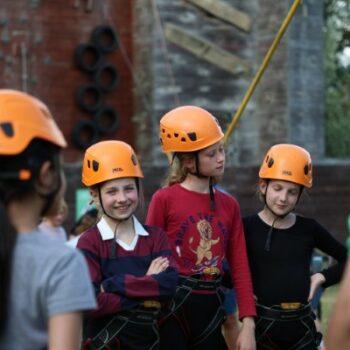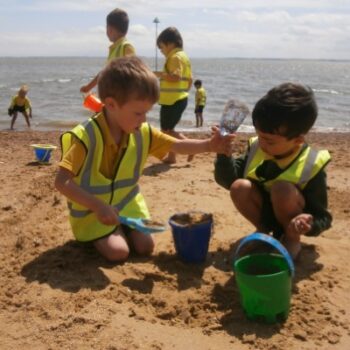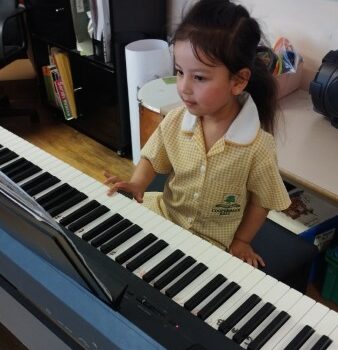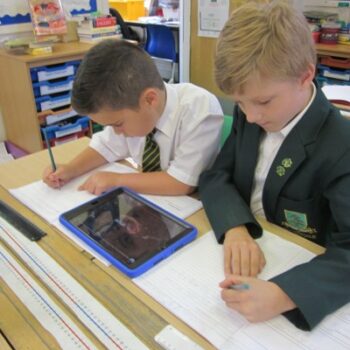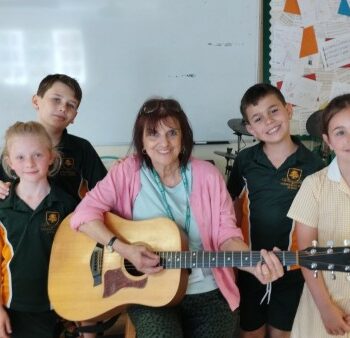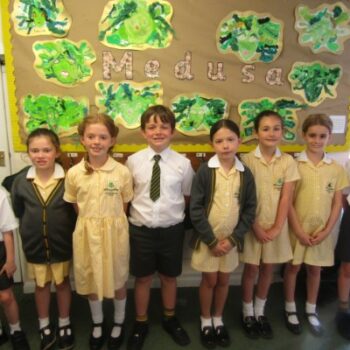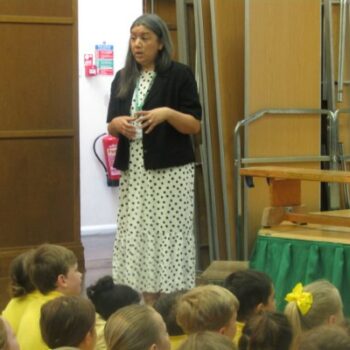Drawing helps children connect their hands and eyes through the brain, engaging multiple executive functioning skills simultaneously, such as active working memory, spatial reasoning, and flexible thinking.
Observation plays a crucial role in drawing. By carefully studying objects, children learn how things should look, making it easier to create realistic drawings from their imagination. Accurately drawing lines, shapes, and details demonstrates a deeper understanding of the subject. Through close observation, children also develop an awareness of perspective and how our eyes interpret depth and space.
The results of observational drawings are often stunning—almost breathtaking—as they foster not only creativity but also cognitive development and critical thinking.
These skills can be taught through a variety of methods. Year 3 created drawings of World War II air-raid shelters using a step-by-step video art lesson. The lesson gradually built up the image, ensuring each element was carefully constructed. Year 5 used a scaled grid method to recreate a portrait of Elizabeth I. This technique required them to observe details within each square and carefully consider the placement of every line.
The children were incredibly proud of their artwork and enjoyed taking their time to produce these wonderful pieces.








